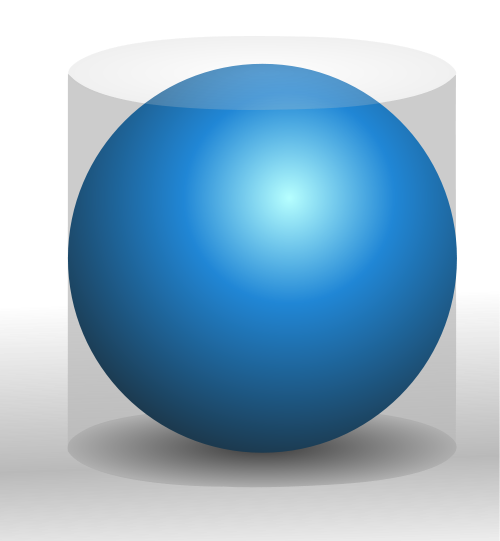Out of 5 six-sided dice, what is the probability of landing 1 of one number and 4 of one other number?
On the off chance this is a homework question, I’m going to try to talk through the thinking rather than just answering. Please take into account it’s early morning and I had a late night.
First let’s think about the probability of 4 dice landing on the same number. The important bit here is that we don’t care what that number is, just that all four are the same. That means we can ignore what the first one lands on and just calculate the probability of the other three hitting that same number, which is calculated exactly how you’d expect.
For the fifth die, we want it to land on something different than the number chosen by the first four. Let’s say the first four all landed on 3. Again, we don’t care what it is, as long as it’s not a 3. And again, this equation is exactly what you’d expect if you were asked the probability that a die does not land on 3.
Multiply those together, and you should have your answer.
Note that there is one more complication: we are also interested in cases where the different number is not the last one.
Fortunately, this is also easy to solve, since every other position has exactly the same probability.
1/1 * 5/6 * 2/6 * 1/6 * 1/6
Right?
First die is some number. Second die is anything but that number. Third die needs to be one of the first two. Fourth and fifth need to be whichever has doubled up already.
No, because we still get that one of the first two dice is the different one. Since there are 5 places for the different die to be, and it can only be in one of these places, we can just sum up the probabilities of the different die being each of the 5 rolls. Since all these probabilities are the same, we get 5*(probability of the different die roll being the last one).
Can you show the math please? I don’t follow the words.
511/61/61/65/6 Which corresponds to (Number of rolls)(any number)(same number)(same number)(same number)(different number)
It’s not for homework.
Fair enough. Did the reasoning make sense though?
Honestly, not really.
Okay, let’s ignore the other complication the other poster correctly mentioned for now to break it down to the basic problem.
We know that the probability of one die coming up 3 is 1/6. Because they’re independent events, the probability of two dice both coming up as 3 is 1/6 * 1/6 = 1/36. The temptation here is to say that two dice coming up with the same number is therefore 1/36, but the trick is that we don’t care what the number is. We only care that they’re the same.
So picture rolling them sequentially. The first die will come up with a number, let’s say 5. Since it already rolled, it has a 100% chance of being 5, so we just use a 1 in the probability equation. The chance of the second die also being 5 is again 1/6, so the probability of two dice matching will be 1/6 (1 * 1/6). Three dice would be 1 * 1/6 * 1/6, and so on.
Does that help?
Mostly.


